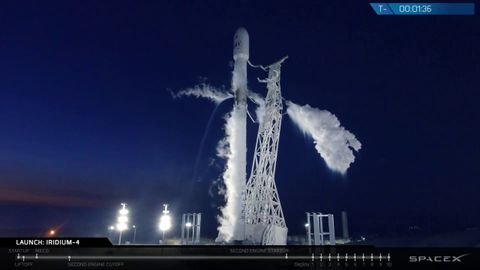
Subtitles & vocabulary
Video vocabulary
force
US /fɔrs, fors/
・
UK /fɔ:s/
- Noun
- Group of persons trained for military action; army
- Pressure; attraction
- Transitive Verb
- To use physical strength or violence to persuade
- To break open (something) using force.
A1
More expect
US /ɪkˈspɛkt/
・
UK /ɪk'spekt/
- Verb (Transitive/Intransitive)
- To believe something is probably going to happen
- To anticipate or believe that something will happen or someone will arrive.
A1TOEIC
More position
US /pəˈzɪʃən/
・
UK /pəˈzɪʃn/
- Noun (Countable/Uncountable)
- Person's opinion or attitude about something
- Specific location where someone or something is
- Transitive Verb
- To put in a particular location or direction
- To put or arrange (someone or something) in a particular place or way.
A1TOEIC
More Use Energy
Unlock All Vocabulary
Unlock pronunciation, explanations, and filters
